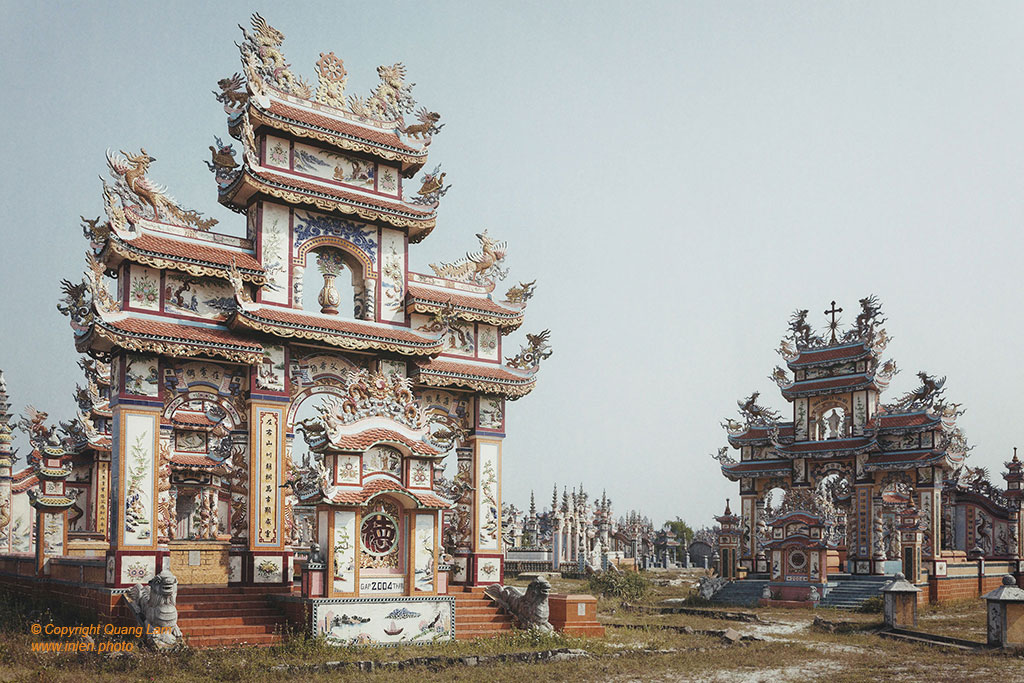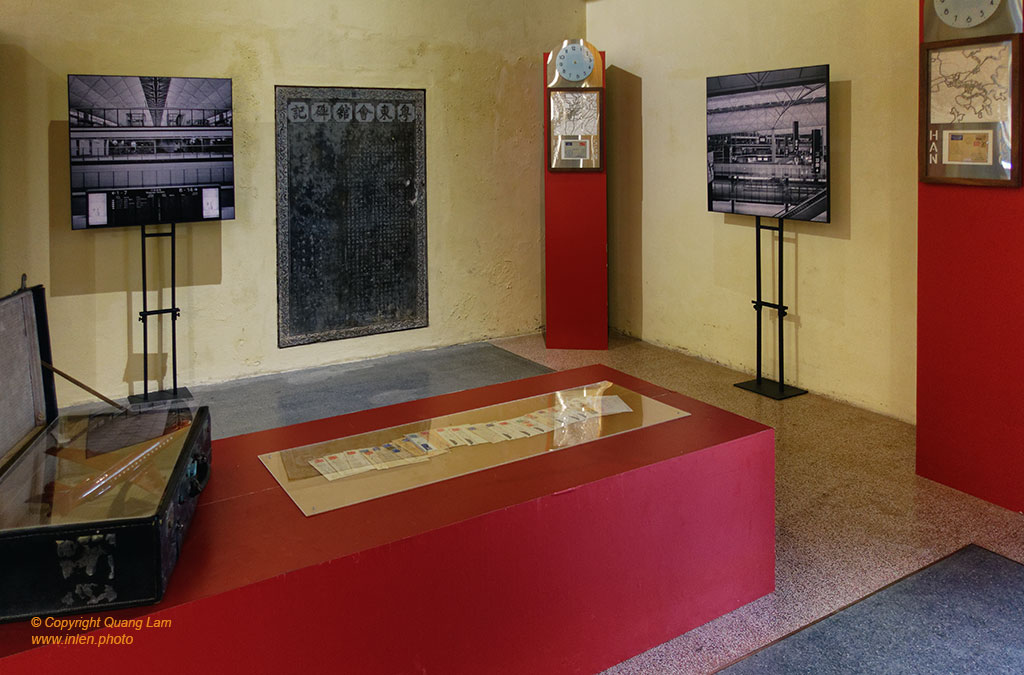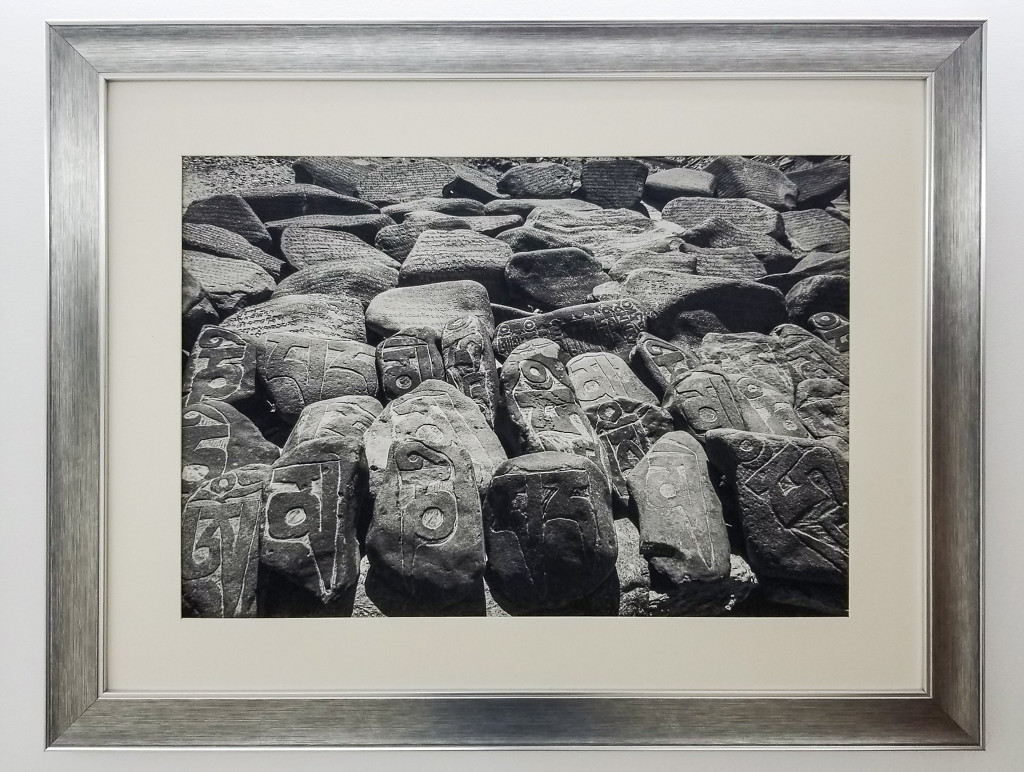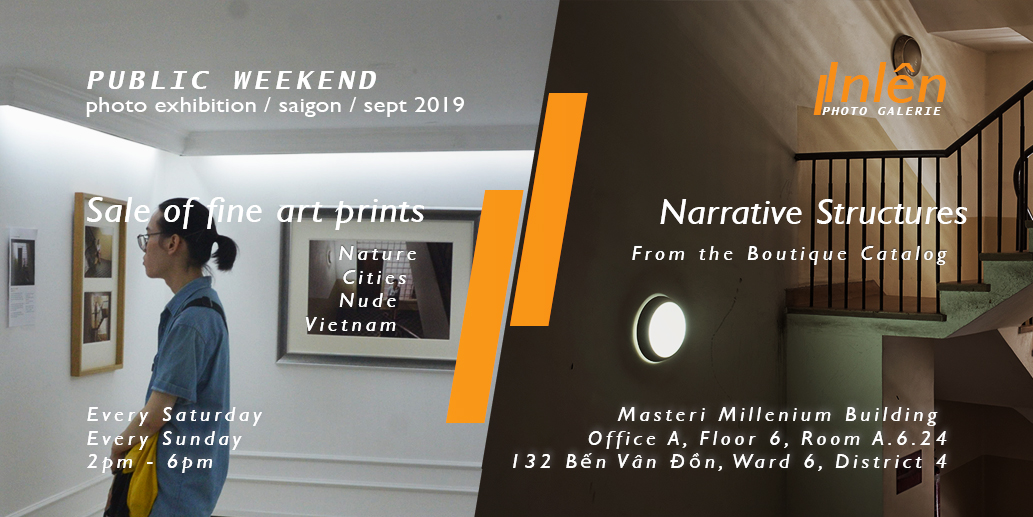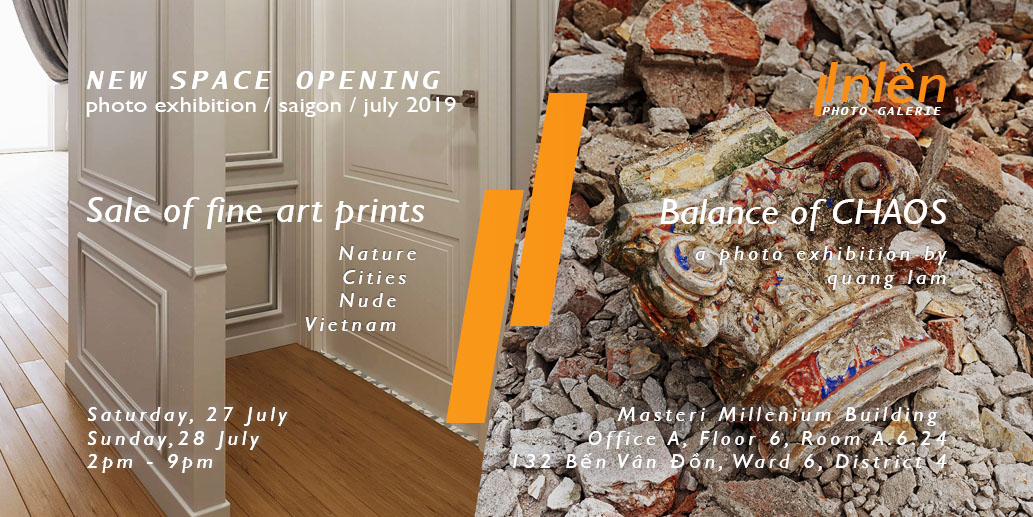Although Tibetan Buddhism integrates the three main vessels of Buddhism, it is distinguished by a set of practices and historical and artistic traditions that give it its special character.
The immensity of its territory, its millennial and contemporary history have shaped its expression and its art which are not only visible in the temples but along the roads and within the magnificent landscapes of the Himalaya.
In his different trips from 2013 to 2017,
[…]
“All great fiction films tend toward
documentary, just as all great documentaries tend toward fiction . . . One who
opts for one necessarily finds the other at the end of his journey.” “A story
should have a beginning, a middle, and an end… but not necessarily in that
order.”
These quotes are from Jean Luc Godard, most influential director of the French New Wave in the 60s which brought life into film with visual experimentation,
[…]
The Greek etymology of the word
Chaos means a fracture or a gap. In mathematics, Chaos Theory studies the
behavior of systems that are very sensitive to initial conditions, a phenomenon
generally illustrated by “the butterfly effect”.
This term was used Edward Lorenz,
American mathematician and meteorologist to describe the theoretical basis of
weather and climate predictability, which is based on this idea that small
causes may have large effects in general.
Because the photographer Quang Lam assisted to a recent destruction
of colonial villa in Saigon which has survived for one hundred year of turmoil,
[…]
The title refer to the famous expression “See Venice and Die”.
It describes the particular esthetic experience one might encounter while visiting some cities in the world. The photographer has been twice in Kyoto. Images of the exhibition are related to the second trip, which happened 12 years after the first one.
Souvenirs, street photography and fictional images are mixed to define his ephemeral consciousness of perfection in this photographic essay.
[…]
LOVE CAN DANCE exhibition presents the expression of passion and love in Vietnamese and Asian contemporary dance. Most performances have been played in the Saigon Opera.
UNIFORM exhibition presents the unusual view of two photographers Thy Tran and Quang Lam on the fashion industry.
